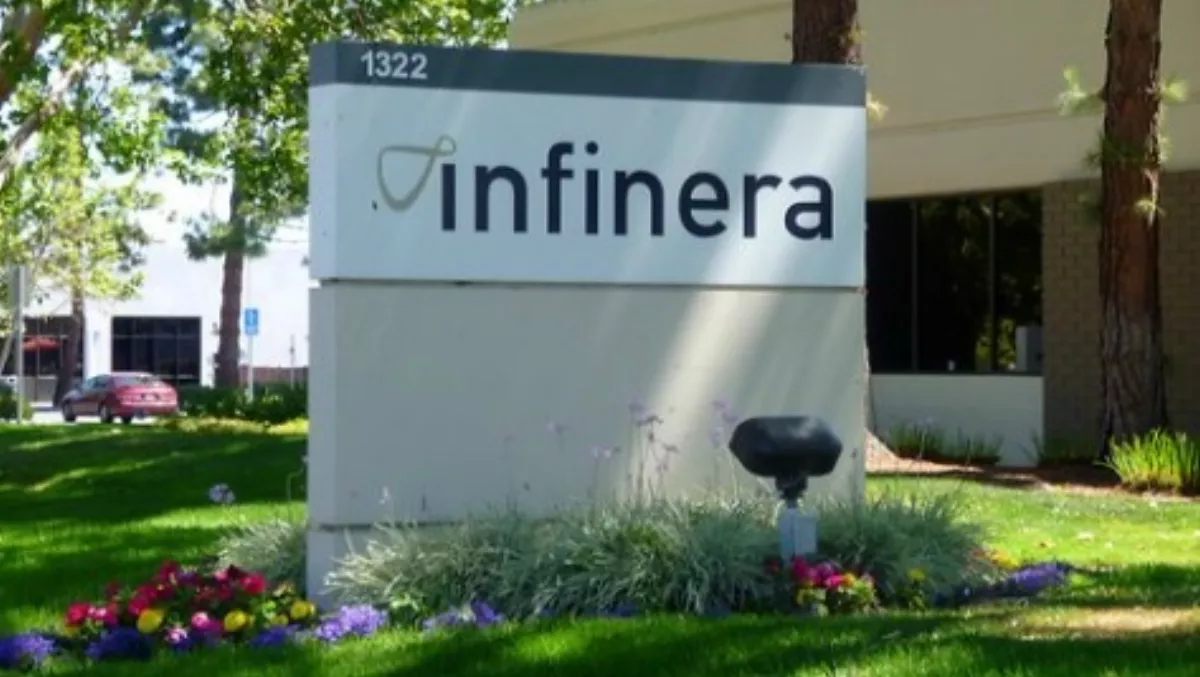
Metro cloud: growing opportunity for high speed data centre interconnect
Carrier services to the cloud are focused on fast access for massive data centers, while there is a faster-growing opportunity for optical interconnection between smaller data centers across the metro area, according to Infinera vice president Asia Pacific, Andrew Bond-Webster.
The Dell'Oro Group has drawn attention to the massive potential of the metro optical market, suggesting it could reach $9bn by 2018, largely WDM-driven.
According to Jimmy Yu, vice president of Optical Transport Market Research at Dell'Oro Group, in place of [SONET/SDH], service providers will shift their focus to higher capacity packet friendly systems such as optical packet-switches and WDM metro. We predict the market demand for optical packet-switch to grow at a 3 per cent compounded annual growth rate until 2018 and for WDM metro to grow at an average annual rate of 9 per cent."
This sounds like an exciting opportunity, but I believe it underestimates the real potential for optical networking in the metro area, because it mainly addresses the Metro Aggregation market.
Metro networks are characterised by a high concentration of business premises across a relatively small geographical area – allowing service providers to offer high-bandwidth networking at relatively low costs. Now that optical transport can span tens of kilometres without repeaters, there has been a surge of dark fibre being provisioned to serve these metro areas, connecting customer premises to the service provider network. High speed Ethernet is replacing SONET and ATM because it offers the advantages of simpler technology, higher bandwidth, and less-expensive edge equipment.
This is the Metro Aggregation market that offers so much potential among all the other "low-hanging fruit" opportunities of the Metro Ethernet market. At the same time, service providers are addressing another type of low-hanging fruit – in the burgeoning cloud market. This typically means providing access for massive data centers, greenfield-sited in more remote areas for environmental and economic reasons.
What has been overlooked is a smaller market that shows outstanding growth potential. We call it the metro cloud.
While attention has been focused on the giants of the cloudscape – Amazon, Microsoft, Facebook, Apple and the like – other providers and large enterprises have begun to adopt the cloud concept. Service providers getting a share of the action are building data centers in the metro area, with the low-latency benefits of being close to the customers' premises; and medium sized enterprises are connecting their own data centers to form private clouds. This won't happen on such a big scale until early 2015, and it shows all the signs of a technology about to go mainstream – and this is potentially huge.
This is the metro cloud opportunity. A small start, maybe, but it is like a match to tinder, because across the world the SME population of these metro areas is vast, representing a large potential market. Cloud computing has become mainstream: what might at first have looked like a clever concept that might fail under real world conditions, has become an everyday service for our smartphones and is working its way rapidly into businesses– its benefits are compelling.
This new opportunity explains why the industry was enthusiastic about Infinera's Cloud Xpress launch on September 18th. The company has built its reputation on serving the high-end WAN market, providing long-haul WDM solutions.
In terms of the existing cloud market they would typically be providing massive bandwidth to giant cloud operators. So the expectation was that Infinera would produce a similar solution for the Metro Aggregation market.
For example, one analyst, George Notter of Jefferies - Company Inc. suggested that the company might be about to unveil a photonic integrated circuit (PIC)-based metro product, which some have labelled the "DTN-M", anticipating that it would be another DTN-X style rack high multi-terabit modular platform providing massive aggregation to large metro areas.
What actually emerged was Cloud Xpress: a 2RU box that can be slotted into existing server racks to deliver 1Tbps Input/Output connectivity between data centers. It is simply a plug to link those data centers – 500Gig worth of Ethernet capacity on the client side and 500Gig WDM at the line side. Unlike chassis-based solutions where there is a trade-off between front and back end capacity, Cloud Xpress delivers standard performance at very high density per rack with all the savings of space and energy that PIC (Photonic Integrated Circuit) makes possible.
This is a departure from existing solutions that have been developed in the traditional telecoms market. With its roots in telephony, telecoms equipment has to adhere to a host of specifications around redundancy, fire proofing, impact resistance etc etc. Today's cloud operators have very different criteria, and Cloud Xpress is designed simply and economically to fit their precise needs. With a simple plug-in solution, isolated data centers scattered across a metro area can now be merged into a single high performance cloud.
The opportunity to provide cloud-based services offers enormous potential for large operators and smaller service providers to become cloud operators, and for resellers to build a new portfolio of enterprise cloud solutions. Meanwhile the metro cloud market is emerging and this presents an opportunity for equipment vendors, scaling the metro cloud to enable these services.
A whole new market, poised on the starting line, is now powered to sprint ahead.
Andrew Bond-Webster, Vice President - Asia Pacific, Infinera

